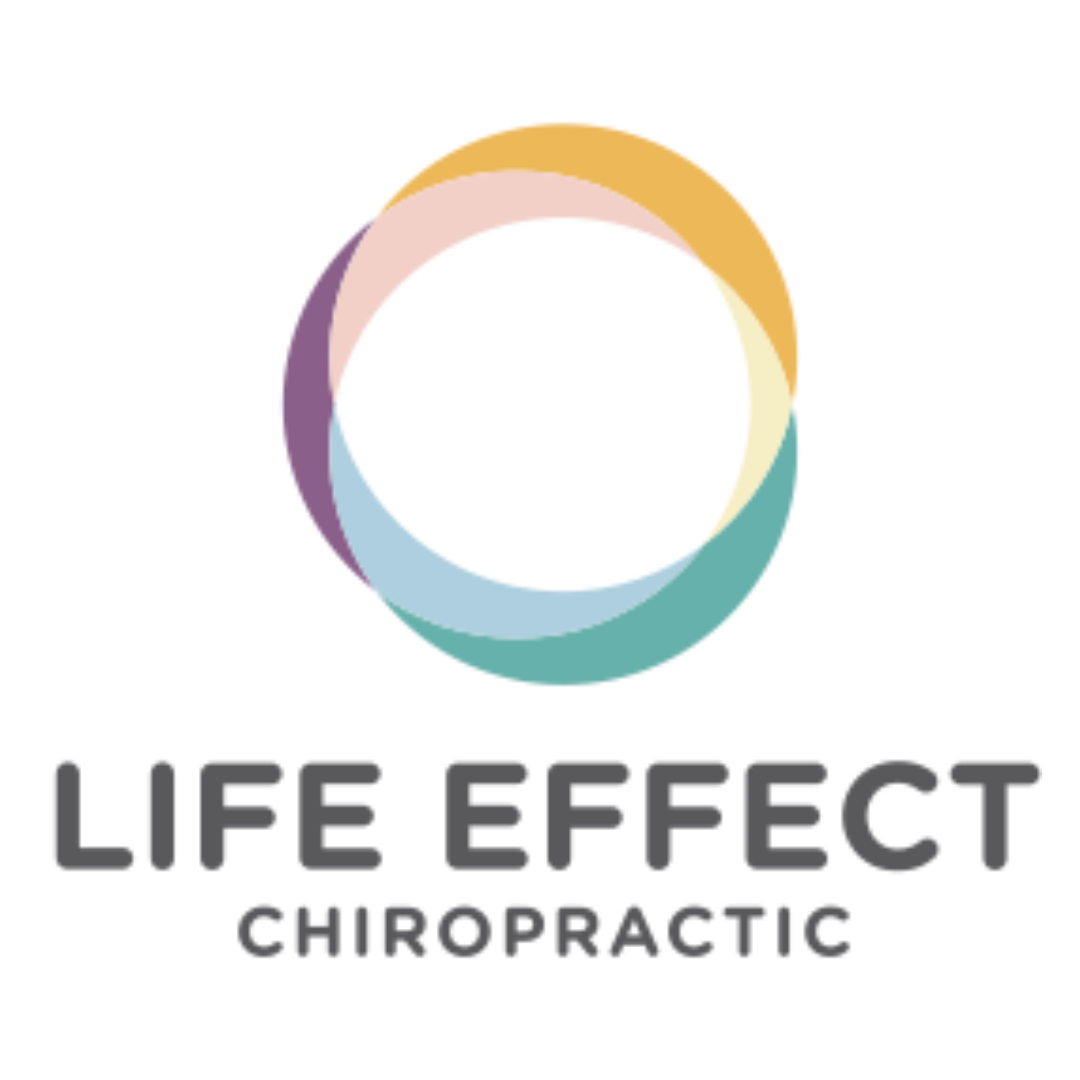The Parenting Habits Risking Your Back Health
You've had a long day, you lean down to pick up your little one, and that sharp pain just shot through your lower back... again. Sound familiar?
If you're like most parents, you've accepted back pain as just another aspect of raising kids. But the way you're lifting, carrying, and even playing with your children might be causing unnecessary damage that could last long after they’ve grown up!
Most parental back pain occurs in the lower back and mid-back due to the repetitive nature of bending to pick up toys, leaning over cribs, and carrying growing children. But these unique strains on the spine often stem from changeable habits rather than serious underlying conditions. By addressing the root cause of your back pain, you can find long-lasting relief and achieve better overall health.
Proper Child Lifting Techniques
Over 65% of back pain experienced by parents is caused by lifting and carrying their children. Remember that proper technique matters more than muscle strength; even physically strong parents develop back pain when lifting the wrong way.
When lifting your child, here are a few key ways to protect your body:
Position yourself directly in front of them to avoid reaching or twisting.
Bend at your knees, not your waist,
Keep your back straight and core engaged.
Keep your feet shoulder-width apart to create a wide base with your feet for stability.
When picking up your child from the floor, consider kneeling on one knee to get closer to their level.
The Importance of a Good Carrier
It’s not only lifting your children that comes with risk, carrying them also has an effect on your body. For this reason, choosing the right kind of sling or carrier and maintaining your posture is vital:
Carriers should distribute weight evenly across your shoulders and hips rather than concentrating pressure on your lower back.
Front carriers should position your baby high enough that you can easily kiss the top of their head without straining forward.
For hip carrying, regularly switch sides to prevent muscular imbalances.
Take breaks every 20-30 minutes to stretch and realign your posture.
Transition to back carriers once your child has adequate head control, as they place less strain on your spine than front or hip carries.
Bath Time Without Back Strain
Bath time can be a back-breaking chore, but it’s possible to create a comfortable routine by adjusting your approach!
You can do this by using a bath seat for infants or a kneeling pad with arm supports for bathing younger children. When it comes to older babies and toddlers, sit on a small stool beside the tub rather than kneeling or hunching over. If you have to kneel, make sure you are as close to the bathtub as you can be, and avoid leaning over the bath as much as possible. Gather all bath supplies within arm's reach before bath time begins to avoid twisting while supporting your child. If you have an infant tub, sit on the floor or use bath tub inserts rather than bending all the way to the tub floor.
Quick Recovery Stretches
Incorporate these simple stretches throughout your day to counteract parenting-related back strain:
Child's pose: From kneeling, sit back on your heels and reach your arms forward, holding for 30 seconds.
Standing backbend: Place your hands on your lower back and gently arch backward, looking up slightly.
Cat-cow: On hands and knees, alternate between arching and rounding your back.
Seated spinal twist: While sitting, place one hand on the opposite knee and gently twist, looking over your shoulder.
Perform these stretches whenever you feel tension building. Even 30 seconds of stretching can provide significant relief when done consistently throughout the day.
Building Core Strength
While stretches are great for relief, a strong core provides the foundation for proper lifting habits and good posture. Focus on exercises that strengthen not only your abdominal muscles, but also back, pelvic floor, and side muscles. Introducing brief strengthening exercises into your daily routine, such as modified planks or pelvic tilts, while watching your child play. You might find that parent-child exercise classes allow you to strengthen your core while bonding with your child.
Remember that consistency with gentler exercises is more beneficial than occasional intense workouts. Even 5-minute strength sessions performed regularly throughout the week can significantly improve your core stability and reduce back pain risk.
Recognising When to Seek Help
While some discomfort is common, persistent pain indicates the need for professional evaluation. Many parents benefit from proactive chiropractic care, which can address issues before they develop into more significant problems. Regular spinal check-ups can help identify potential issues early, much like dental check-ups prevent more serious dental problems.
It’s important to get your back pain checked out – especially if it’s stopping you from doing things you enjoy doing.
At Life Effect, our team of chiropractors will get to the root cause of your pain before deciding on a primary care plan that keeps you and your goals at the heart of it. We’ll work with you to help you to regain control of your life and we can help to identify any risk factors too.
We’re also offering free initial consultations so you can ask us any questions and see how we might be able to help you. If you’re interested, simply get in touch with our team.
